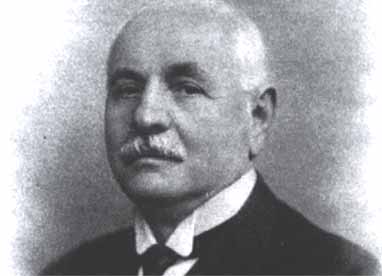


The Autobianchi born the 11 January 1955 on the initiative of the Director-General of the Bianchi, an engineer Ferruccio Quintavalle , who, in order to raise the difficulty of the post-war Fabbrica Automobili Velocipedi and Edoardo Bianchi , involving Fiat and Pirelli in this new society .
The Pirelli would thus expanded its market while the FIAT brand would provide a more exclusive manner in which market their own products, as well as a chance to experiment with new techniques without a direct impact on their image.

Edoardo Bianchi

Truck of Autobianchi
The factory will to Desio , owned by the Whites, the area of
140,000 square meters, properly restored and modernized. Only since 1958 the property of the plant in Desio will be formally the Autobianchi, when the Bianchi sells its shares to the other 2 members.
Thanks to the presence of machinery very modern for its time, especially in the field of painting, the plant could produce 200 cars a day as well as continue until 1959 to build a lorry, Visconteo .
In 1960 the headquarters of the company moved to the new Pirelli Tower just opened.
The automaker will begin to produce the Stellina and Bianchina the car became more famous company.
In 1968, the Autobianchi will be completely absorbed by Fiat SpA and for some years at the plant in Desio will be transferred machining parts of some Fiat models, the 126 and the Panda.

Autobianchi Bianchina

Autobianchi A112

Y10
Will also be produced from the '70s to the '80s Autobianchi A112 , the small but fast cars. The Turin-based company will keep still in use throughout the country, the brand until 1995, the last model produced, the Y10 , was marketed abroad under the brand Lancia, more known and prestigious.
In 1992, when the establishment of Desio was finally closed production of the plant was transferred Y10 Alfa Romeo in Arese, where he remained until 1995.
In 2002 he began the full dismantling of the former plant in Desio, concluded in July 2003 with the demolition of the water tower, the last symbol of the former car capital of Lombardy.